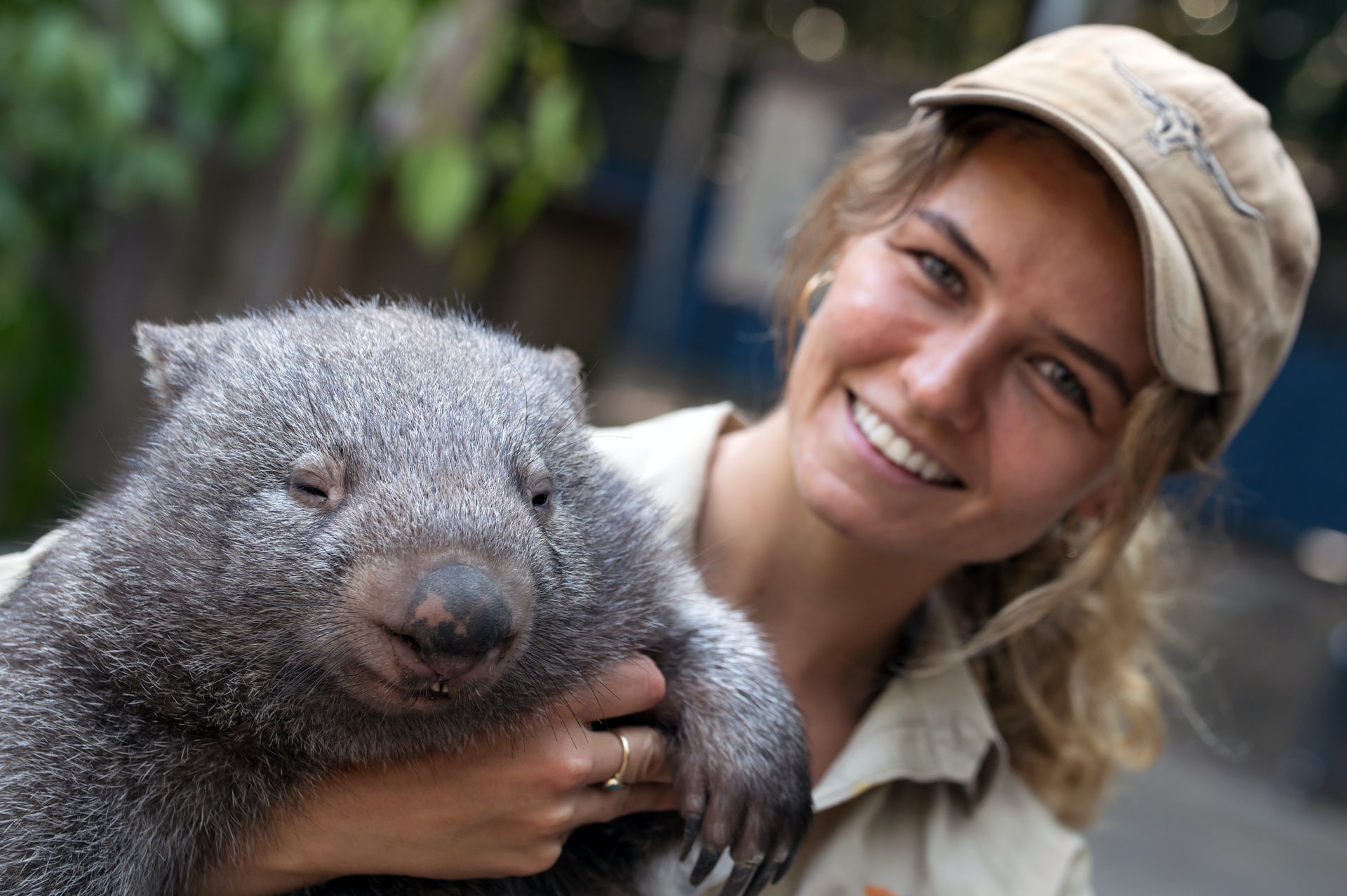 Wombats are the cutest animal alive. They poop square, which they use to mark own territory. But humans have flags and bulldozers, which easily win over poop. Photo by @davidclode on Unsplash
Wombats are the cutest animal alive. They poop square, which they use to mark own territory. But humans have flags and bulldozers, which easily win over poop. Photo by @davidclode on UnsplashCows are killing bio-diversity
CO2 is getting all our climate attention, but that’s not the main cause of rapidly declining bio-diversity.
Why biodiversity is what matters
It’s a large philosophical question that many of us run away from, but what really matters?
When I was a kid, I didn’t get the point of music or art. I remember arguing that it had no value. After a painting was made, or a song produced: what was left? Unlike a bridge or a mall, paintings didn’t change anything in the real world. It didn’t feed any people, it didn’t create any pyramids. People can’t sit on a song, and Mona Lisa wont’t help anyone survive in the desert.
You can’t use a song for anything, except maybe make better songs.
Oh boy, how I was wrong. It’s funny how I’ve changed perspective completely. What’s the point of a bridge? More efficiency? What’s the point of efficiency?
20x consumption last 90 years
It’s been roughly 200 years since we tamed the engine to start working for us. Fewer individuals could produce more with sowing machines, trains and assembly lines. Around this time (~1800) we were about 900 million inhabitans. It had increased about 50% over the previous hundred years, much due to an agricultural revolutions that allowed more food to be made by fewer farmers.
Around 1900, most industrialized nations fought for the 8 hour work day. Along with new technology, less work was needed for a person to survive. We realized that we could afford to come up with this new thing called “spare time”. We were almost twice as many people (1.7 billion) as in 1800.
But in the last half century, the fight for working less has stopped. Between 1930 and 2000 inflation increased prices 25 times, while our wages has increased 115x – giving us ~4.5x purchase power. And the change is increasing: From 2000 to 2020, the average Norwegian went from 4.5x to 6.5x the purchase power. This is not uniquely Norwegian.
In the same period (1930-2020), world population has quadrupled. Every year since 1980, we’ve steadly become roughly 80 million extra people, every single year. Combining these two numbers, we can roughly estimate that our consumption (and thereby our production of goods) has increased roughly 20-fold over the last 90 years.
So what?
Some would say it’s a great thing! How many people haven’t been lifted out of poverty? Vaccines, health care, and our food and water quality improvements allows us to function better, live healthier and longer. Less people die from almost any cause except “old age”.
4% of mammals are wild
If you pull a single carbon atom from a random mammal on earth, how likely is it that it comes from a human? Or from our lifestock? What’s the chances that it comes from a whale, dolphin, lion or ice bear? Raindeer or Elk?
According to the research article “The biomass distribution on Earth”, there’s a 36% chance that it’s a human. It’s a 60% chance that it’s our lifestock. All wild mammals combined across the globe amount to 4%.
Stop claiming land for cows
Without a doubt, wildlife is dying around us. And this part is not due to a warming climate; the largest cause of animal endagerment is reduced amount of accessable land area.
We shouldn’t stop talking about CO2. But we must start talking about land and resource usage.
50% of all habitable land is used for agriculture, of which 60% is used for Beef cattle alone. So just stop eating cows. Please. For the sake of billions of souls who are unfortunate not to be human.